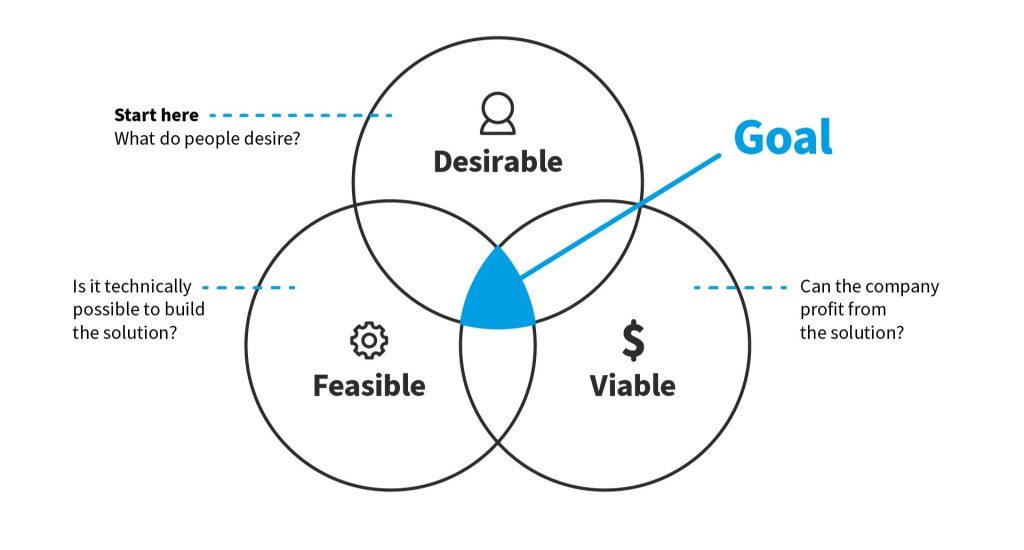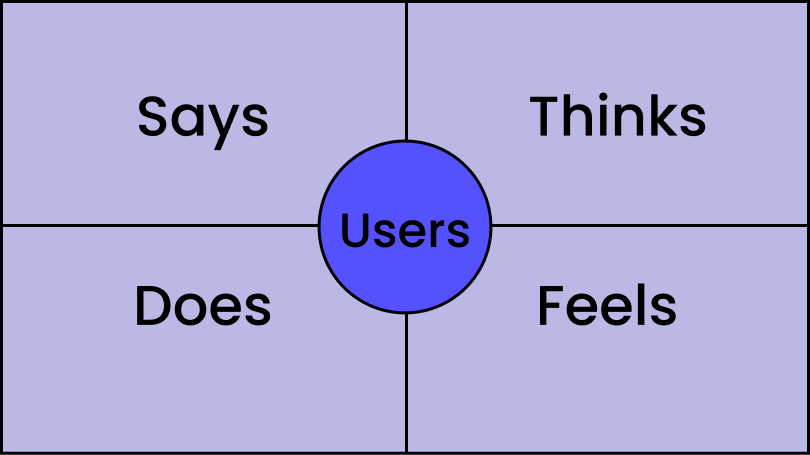Do you ever wonder how some websites and apps seem to understand you so well? It’s like they know exactly what you need and want, even before you do. Well, the secret lies in a powerful concept called empathy in UX design.
Imagine this scenario, you’re browsing through an online shopping website, looking for a new pair of shoes. You come across a product page that not only shows you the shoes you’re interested in but also recommends other styles that match your taste perfectly. It feels like the website knows your personal style better than you do. How is this possible?
In this blog, we’ll unleash the world of user insights and how the power of empathy can revolutionize UX design. We’ll explore how understanding the emotions, needs, and pain points of your users can take your design to the next level.
- Understanding the Importance of Empathy in UX Design
- The Role of Empathy in User Research
- The Power of Empathy in UX Design Projects
- The Bottom Line
Understanding the Importance of Empathy in UX Design
User experience (UX) design is all about creating products and services that meet the needs and desires of the users. But how can we truly understand those needs and desires? This is where empathy comes into play. Empathy is the ability to understand and share the feelings of others, and it plays a crucial role in UX design.

Empathy allows designers to step into the shoes of the users and truly understand their perspectives, motivations, and pain points. By putting ourselves in the user’s position, we can gain valuable insights that inform our design decisions and lead to more effective and user-centric solutions.
Developing user empathy through research
One of the key ways to develop empathy in UX design is through user research. This involves conducting interviews, usability tests, and surveys to gather insights directly from the target audience. It’s important to go beyond surface-level questions and dive deeper into understanding the emotions, motivations, and challenges that users face.
As renowned designer Tim Brown once said, “Empathy is the centerpiece of a human-centered design process.” By actively listening to users and asking open-ended questions, we can uncover their unmet needs and gain a deeper understanding of their world. This empathetic approach enables us to address their pain points and create innovative solutions that truly make a difference.
The role of empathy in UX design process
Empathy should be a guiding principle at every stage of the design process. From the initial research and ideation phases to prototyping, testing, and refinement, keeping the user’s perspective at the forefront is essential. By continuously considering the feelings and experiences of the users, we can ensure that our designs resonate with them on an emotional level.
Empathy also plays a vital role in collaboration within the design team. By fostering a culture of empathy, team members can work together effectively, combining their diverse perspectives and expertise to create outstanding user experiences. By understanding each other’s points of view, designers can make more informed decisions and create designs that truly meet the needs of the users.
The impact of empathetic UX design
By designing with empathy, we can create experiences that forge an emotional connection between the user and the product or service. When users feel understood and their needs are met, they are more likely to have a positive emotional response and develop a sense of loyalty towards the brand. This, in turn, leads to increased user satisfaction, higher engagement, and better overall business outcomes.
The Role of Empathy in User Research
Empathy plays a pivotal role in user research, as it allows designers to gain a deeper understanding of their target audience and create user-centric designs. By empathizing with the users, designers can unlock valuable insights that shape the entire design process.
Understanding the user’s perspective using empathy in UX design
Empathy enables designers to step into the shoes of their users and view the design problem from their perspective. This shift in mindset helps uncover the true needs, desires, and pain points of the users, going beyond mere assumptions. As renowned designer Steve Jobs once said, “You’ve got to start with the customer experience and work backward to the technology.”
Active listening
Active listening is a crucial skill in user research that allows designers to uncover insights that might otherwise be missed. By actively listening to user feedback, concerns, and suggestions, designers can gain valuable information about what truly matters to their users. Open-ended questions such as “How do you feel when using this product?” or “Can you explain the challenges you face?” provide opportunities for users to express their feelings, thoughts, and experiences.
Building an empathy map
An empathy map is a powerful tool that helps designers visualize and understand the emotions, thoughts, and motivations of their users. By creating an empathy map during the research phase, designers can identify the feelings, expectations, and pain points of their target audience. This visual representation serves as a guiding principle throughout the design process, ensuring that the final product resonates with the users on a deeper level.
Uncovering hidden needs
Empathy enables designers to dig beyond the surface-level needs of users and uncover hidden or unarticulated needs. By empathizing with their users, designers can identify the underlying motivations, frustrations, and aspirations. This deeper level of understanding empowers designers to create innovative solutions that address these unmet needs, leading to a more satisfying user experience.
Testing and iterating
Empathy is not a one-time endeavor in the design process. It is an iterative process that involves continuously gathering feedback, testing prototypes, and refining designs based on user insights. By conducting user testing and incorporating feedback, designers can ensure that their designs elicit a positive emotional response and effectively address the pain points of the users.
The Power of Empathy in UX Design Projects
When it comes to creating exceptional user experiences, empathy is the secret ingredient that can unlock a deeper level of connection with your users. By understanding their needs, motivations, and pain points, you can design user-centric solutions that truly resonate. In this section, we’ll explore the transformative power of empathy in UX design projects, and how it can guide every step of the design process.

Developing an empathy map: stepping into the user’s shoes
To truly empathize with your users, start by creating an empathy map. This tool allows you to visualize and understand the feelings, thoughts, and behaviors of your target audience. By filling in the map with insights gained from user research, user interviews, and observation, you can gain a holistic view of your users’ perspectives. Renowned Tim Brown made a very logical statement about this.
Empathy is at the heart of design. Without understanding what others see, feel, and experience, design is a futile task.
Tim Brown
User research as a guiding principle
Empathy is not just a buzzword, it’s an essential aspect of user research. By immersing yourself in the research findings, you can identify patterns, discover pain points, and uncover the unmet needs of your users. Through open-ended questions, active listening, and thoughtful observation, you can gain insights that inform your design decisions. As a UX designer, your role is to advocate on behalf of our users, to ensure that their voices are heard throughout the design process.
Design thinking: empathy in action
Design thinking, a human-centered approach to problem-solving, places empathy at its core. By empathizing with your users, you can generate innovative ideas and solutions that address their unique challenges. By delving into their motivations and aspirations, you can create products and services that create a positive emotional response. As Steve Jobs once said, “Design is not just what it looks like and feels like. Design is how it works.”
The iterative process for continuous empathy in UX design
Empathy doesn’t stop at the initial stages of the design process. It’s an ongoing commitment to understanding and meeting the needs of your users. Through continuous feedback loops, user testing, and iteration, you can refine your designs based on real-world user experiences. By adapting and evolving your solutions, you can ensure that your users’ satisfaction remains at the forefront of your design project.
The Bottom Line
Understanding the importance of empathy in UX design is essential for creating user-centric experiences. By putting ourselves in the shoes of our users, we gain valuable insights into their needs, desires, and pain points. This deeper understanding allows us to develop meaningful solutions that not only meet their expectations but exceed them.
Empathy empowers us to design interfaces that are intuitive, accessible, and satisfying to use. By considering the emotional aspects of user experience, we can create interfaces that evoke positive emotions and forge a genuine connection with our users. This connection fosters trust and loyalty, leading to increased engagement and conversion rates. So, you must focus on empathy while doing design and never underestimate the power of empathy.
